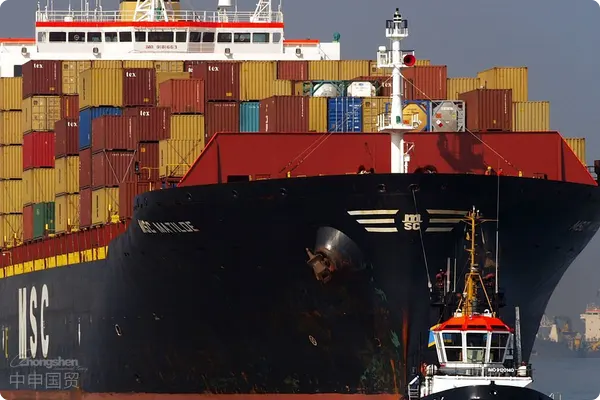- Shanghai Zhongshen International Trade Co., Ltd. - Two decades of trade agency expertise.
- Service Hotline: 139 1787 2118

2025Equipment ImportsPractical Dilemmas
Against the backdrop of accelerating international industrial transfer, an auto parts manufacturer recently faced an $8 million crisis involving detained German-made precision machine tools. This incident exposed three typical dilemmas in current equipment imports:HS Code misclassification rate reaches 37%,Document compliance review period extended to 15 working days,Customs valuation disputes increased by 42% year-on-year. These statistics reveal that equipment imports are facing unprecedented professional barriers.
Three core values of professional agencies
- a comprehensive risk management system
- Pre-classification accuracy rate improved to 98.5%
- Document preparation cycle shortened to 72 hours
- Import license first-time approval rate reaches 100%
- Advantages of customs special supervision zones
- Bonded warehouse cost savings of 18-25%
- Temporary import equipment turnover efficiency increased 3-fold
- Processing trade account book verification error rate ≤0.3%
- Professional dispute resolution channels
- 83% success rate in customs classification appeals
- 60% reduction in response time for duty value challenges
- 100% coverage of intellectual property dispute prevention mechanisms
Practical pathways to improve customs clearance efficiency
Taking a semiconductor company importing Japanese lithography machines as an example, professional agents achieved breakthrough through:Three-phase optimization planRealizing customs clearance breakthroughs:
- Pre-declaration stage: Utilizing equipment characteristic database for precise regulatory requirement matching
- On - site inspection stage: Deploying professional technicians to collaborate with customs for functional verification
- Post-clearance supervision stage: Establishing full lifecycle supervision files to avoid subsequent audit risks
The gold standard for agency selection
- Verify the validity of AEO Advanced Certification qualifications
- Evaluate the coverage breadth of industry case database (recommended ≥300 successful cases)
- Confirm technical team composition (specialized personnel in mechanical/electrical/chemical fields should account for >40%)
- Verify emergency response speed (4-hour response mechanism for emergencies)
2025 customs clearance new regulation coping strategies
Regarding the upcoming implementation ofputs forward new requirements for agency services:, professional agencies have established early warning mechanisms:
- Conduct policy adaptability analysis 60 days in advance
- Establish dual-version technical parameter archives for critical equipment
- Develop intelligent tariff preference matching system (expected to save 3-5% tariff differential)
Related Recommendations
? 2025. All Rights Reserved. Shanghai ICP No. 2023007705-2  PSB Record: Shanghai No.31011502009912
PSB Record: Shanghai No.31011502009912










